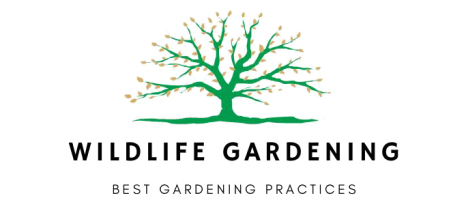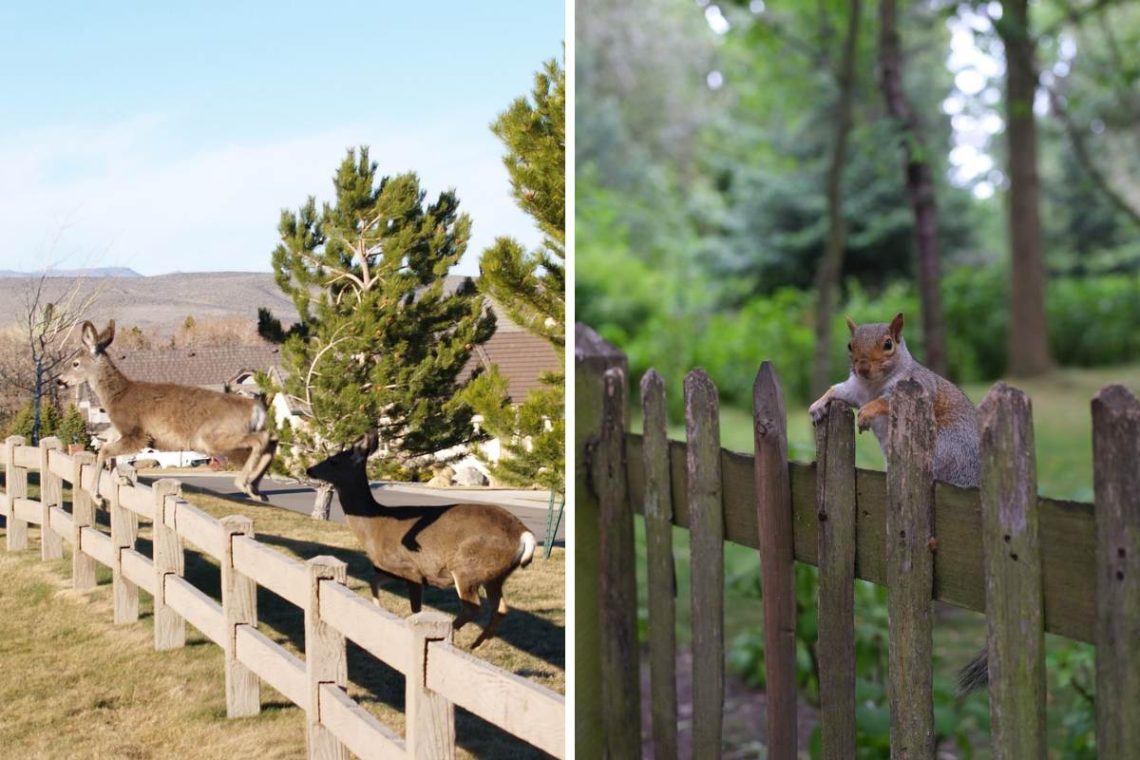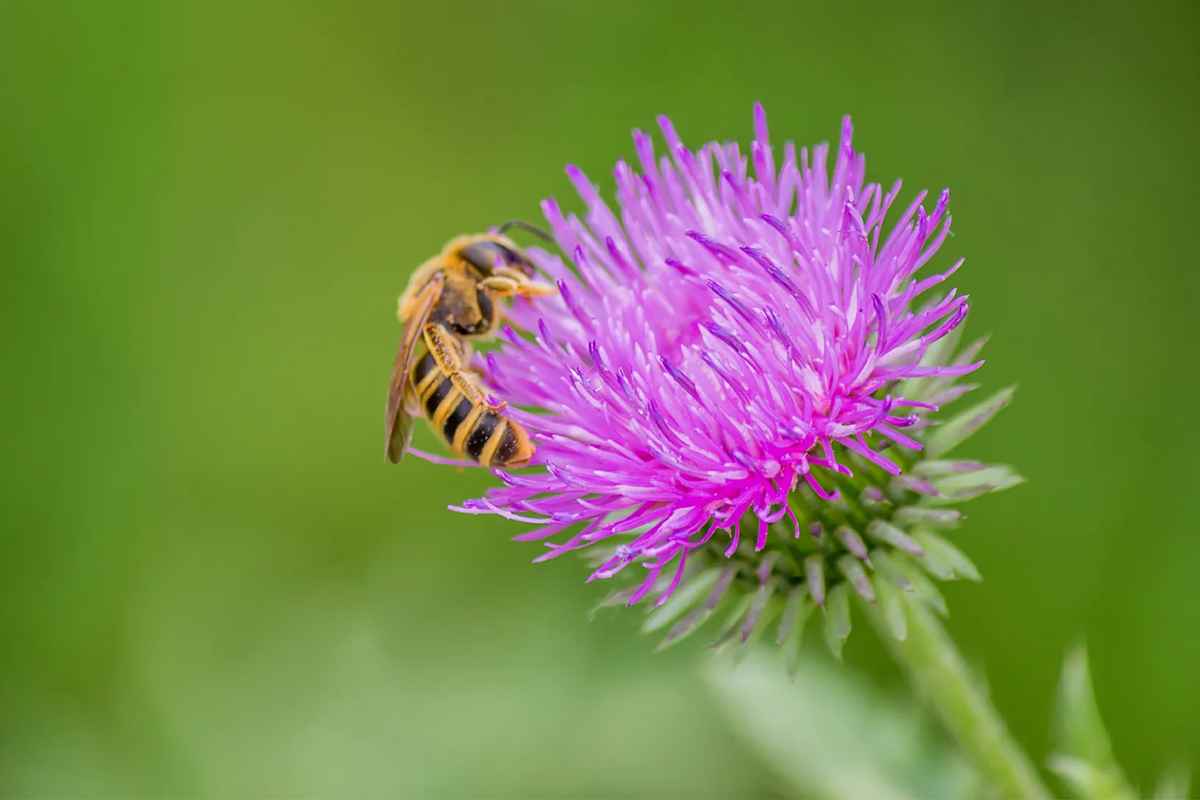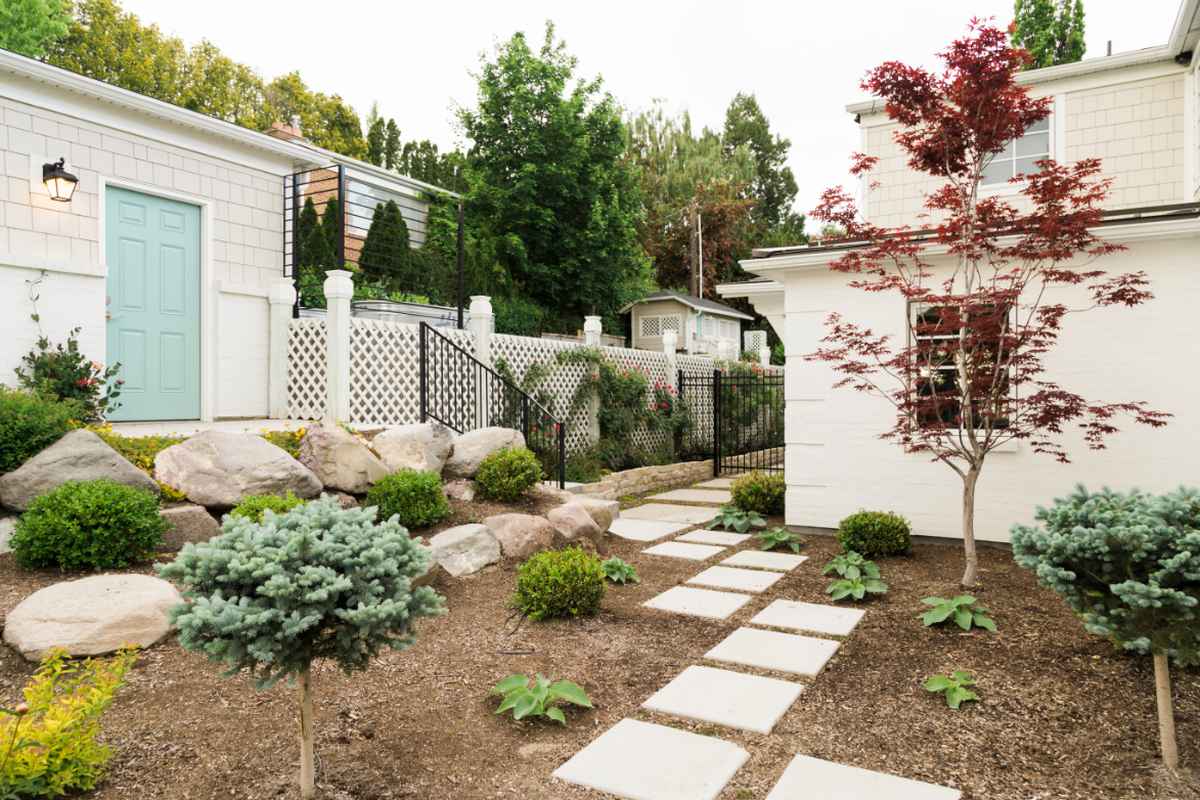In recent years, the conversation around sustainable living and environmental conservation has highlighted the importance of wildlife-friendly fencing. Traditional barriers, particularly chain link fences, often pose significant hazards to local wildlife, obstructing natural movements and causing injuries. This article explores some wildlife-friendly fence options, the challenges of chain links, and inexpensive ways to cover a chain link fence to enhance its safety for wildlife.
What Makes a Fence Wildlife-…
-
-
10 Review Games for High School Biology
Review games can be a great way to engage high school students and reinforce their understanding of the material in a fun and interactive way. Here are some fun review games for high school biology that you can use in a classroom:
Jeopardy
Jeopardy is a classic quiz game that can be tailored to suit any subject, including biology. By creating categories like Genetics, Ecology, Human Anatomy, Cell Biology, and Evolution, you can cover a broad range of topics. Questions can be designed with varying difficulty levels, allowing students to challenge … -
The 10 Best Native Plants for Attracting Pollinators to Your Garden
As concerns about declining pollinator populations continue to grow, many people are seeking ways to support these essential creatures in their own gardens and landscapes.
One of the most effective ways to do so is by planting native plants that attract and sustain pollinators. Native plants have evolved alongside local pollinators, making them well-suited to provide the necessary food and habitat for these crucial insects and animals.
Here, we explore some of the best… -
What You Need to Know about Xeriscaping
Derived from the Greek term “xeros,” meaning dry, xeriscape represents a form of landscaping centered around low-maintenance plants that demand minimal human intervention.
The objective is to minimize your interference as much as possible, translating to reduced watering and a reliance on nature’s processes.
Xeriscape design has gained popularity in the western United States in recent years. States like California and Colorado were among the pioneers in adopting widespread xeriscaping.
This trend has been spurred by the extended and intensified droughts caused by climate change, with over 94 percent …




